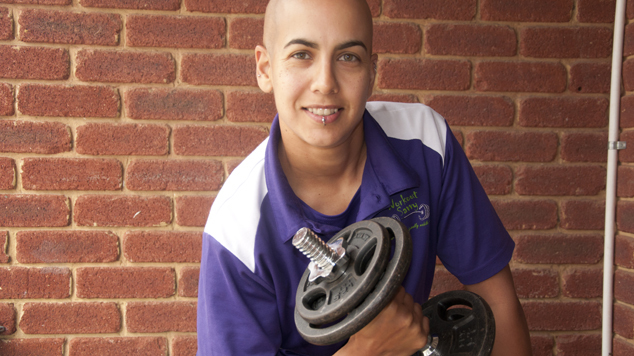 There has been an unquestionable increase in the popularity and regularity of running events in Western Australia over the past decade. This could be because on the whole we’re better educated and more proactive when it comes to looking after our individual fitness needs. Many participants are experienced runners but there are also countless unprepared people that commit to these events for the social aspect, as a means to kick start some fitness or to do their bit and raise money for the charities involved. There is so much more to training for a running event than just getting out and going running. You need a program to prepare you for the length of the run as well as for the potential conditions the course in question could throw your way on ‘game day’.
There has been an unquestionable increase in the popularity and regularity of running events in Western Australia over the past decade. This could be because on the whole we’re better educated and more proactive when it comes to looking after our individual fitness needs. Many participants are experienced runners but there are also countless unprepared people that commit to these events for the social aspect, as a means to kick start some fitness or to do their bit and raise money for the charities involved. There is so much more to training for a running event than just getting out and going running. You need a program to prepare you for the length of the run as well as for the potential conditions the course in question could throw your way on ‘game day’.
If you’re currently inactive, I recommend preparing your body by getting into a gym for 3–4 sessions per week for a few weeks. Full body resistance training will strengthen the muscles and joints in preparation for the impact they are about to endure. Get your body familiar with running by jogging on a treadmill. Treadmill running is very different from running outdoors. There is no uneven terrain to tackle (apart from inclines) and basically you’re just lifting up your foot then placing it down again. Outdoor running requires your muscles to move your body weight or to move the ground underneath you – however you want to look at it.
When ready to start training for the event, study the course then plan your weekly program. Generally speaking, each week should consist of about 4 training days:
1. 1 short run (3–5kms for fitness)
2. 1 long run (build on this by a km or 2 every
other week)
3. 1 resistance session to build strength in
muscles, joints and core
4. 1 session to prepare you for the terrain. This session can consist of hill runs (such
as Jacob’s Ladder, Kokoda and Mount
Street) to prepare you for any inclines or
a beach run to condition you for the
uneven surface and for wind resistance.
Maybe alternate each week.
Important
For a 12km run you will need approximately 10 – 12 weeks to train.
Rest and recovery is crucial. Have about 2 rest days a week and do your best to space the running sessions as much as possible. Pool sessions (walking or swimming) help with the recovery process.
Plan the increase of the long run so that 2 weeks before the event you run just over the race distance. This will do wonders for you psychologically on the big day.
Try a few sessions of sprints leading up to the event to increase your power and shave time off your finish.
In the week before the race take it easy. Restrict yourself to a light gym session and a short run.
Some running events coming up in
2013 include:
The Colour Run (February 17)
Relay for Life (April 13 & 14)
Run for a Reason (May 26)
City to Surf (August 25)
Sav Adele
Workout Savvy





